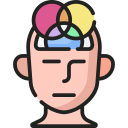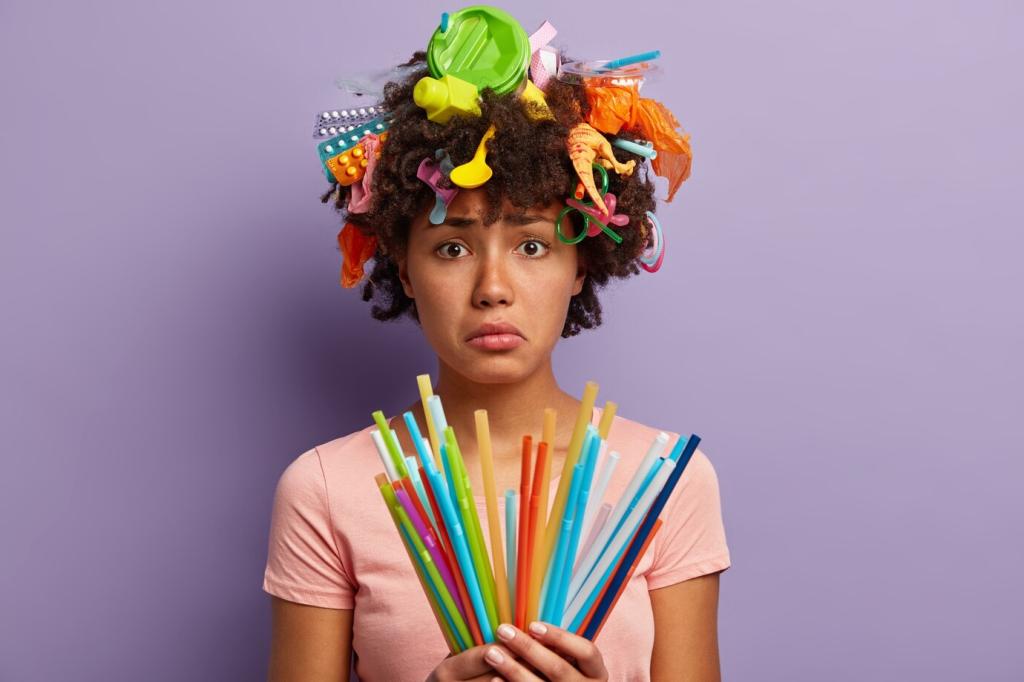
Exploring the Brain’s Palette: Neuroscience and the Human Color Spectrum
Chosen theme: Neuroscience and the Human Color Spectrum. Step inside a world where photons become feelings, where neural circuits paint our reality, and where your stories matter. Subscribe for weekly deep dives, experiments, and conversations that bring the brain’s color magic to life.
From Photons to Perception: The Color Pathways in the Brain
Cones, Opsins, and the First Split
Three cone types—long (L), medium (M), and short (S)—carry distinct opsins tuned to different wavelengths. Their overlapping sensitivity lets the brain compare signals, turning a continuous spectrum into perceived hues. Share how lighting changes the colors you notice at home.
Opponent Channels in the LGN and V1
The brain encodes color through opponent processes: red versus green, blue versus yellow, and light versus dark. Neurons in the lateral geniculate nucleus and V1 emphasize contrasts, sharpening boundaries that help us recognize objects quickly. Have you tried spotting hidden patterns in colored noise?
Area V4 and the Construction of Hue
Damage to ventral occipitotemporal areas can cause cerebral achromatopsia—worlds suddenly lose color, though shapes remain. V4 integrates context to stabilize hue despite shifting illumination. Tell us about the last time a sunset looked impossibly saturated and how it changed your mood.
Color Constancy and Context
01
Shadows, Surfaces, and the Brain’s Best Guess
Color constancy lets a red apple look red in noon sun or kitchen lamplight. The brain models illumination, reflectance, and shadows, then bets on the most likely scene. Try comparing two paint swatches by a window and under a lamp, and report what shifts you notice.
02
The Dress That Divided the Internet
Was the dress blue and black or white and gold? People implicitly assumed different lighting—cool shadow or warm spotlight—pushing perception into distinct categories. Which did you see, and did your interpretation change after you learned about assumed illumination? Comment with your experience.
03
Memory Colors and Expectations
We expect bananas to be yellow and skies to be blue, and these expectations subtly tug perception. Studies show well-known objects are judged closer to their typical hues. Try recoloring a familiar object in an image editor and note how ‘wrong’ it feels—then share your reactions.
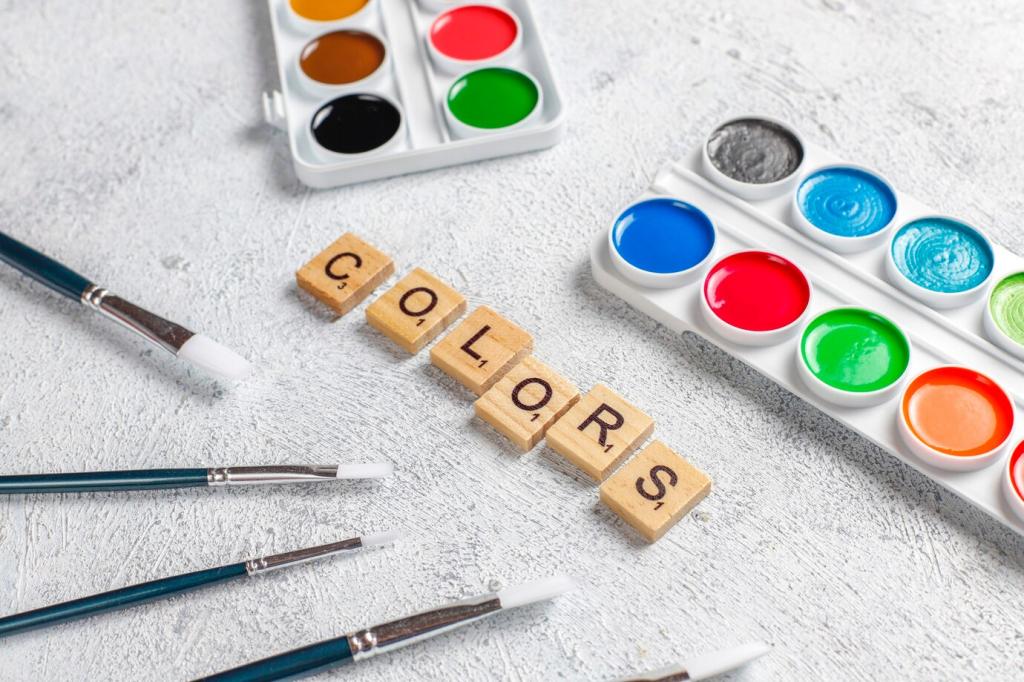
Color, Emotion, and Decision-Making
Red often boosts physiological arousal and competitive focus, with measurable changes in heart rate and vigilance. Some studies show advantages in sports or faster detection of red signals. Notice how you feel in a red-accented room this week and share whether your attention shifts.
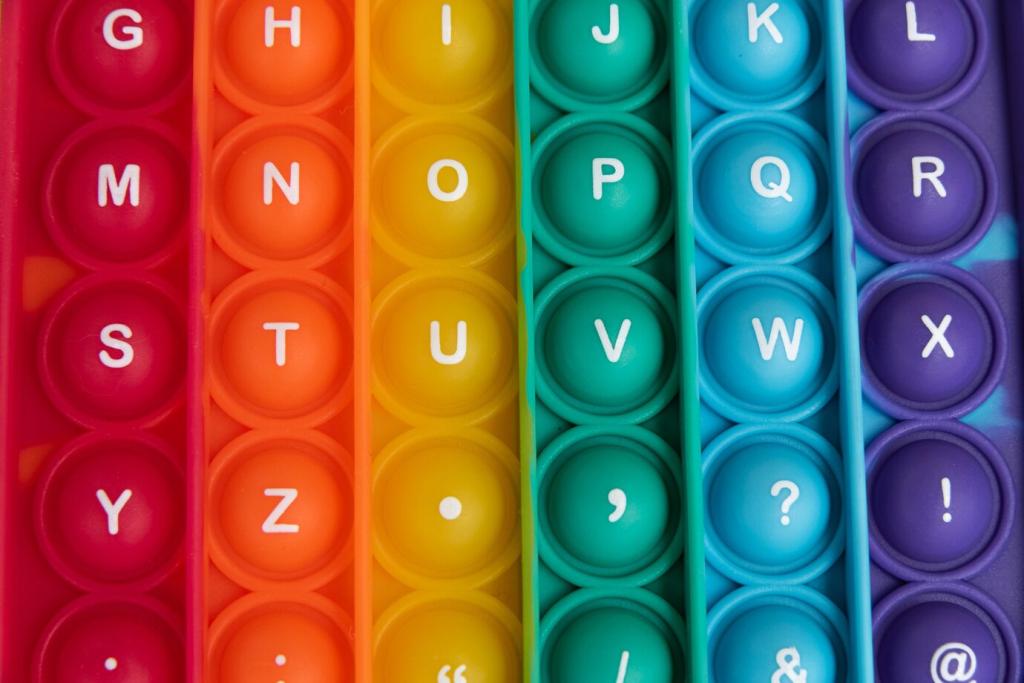
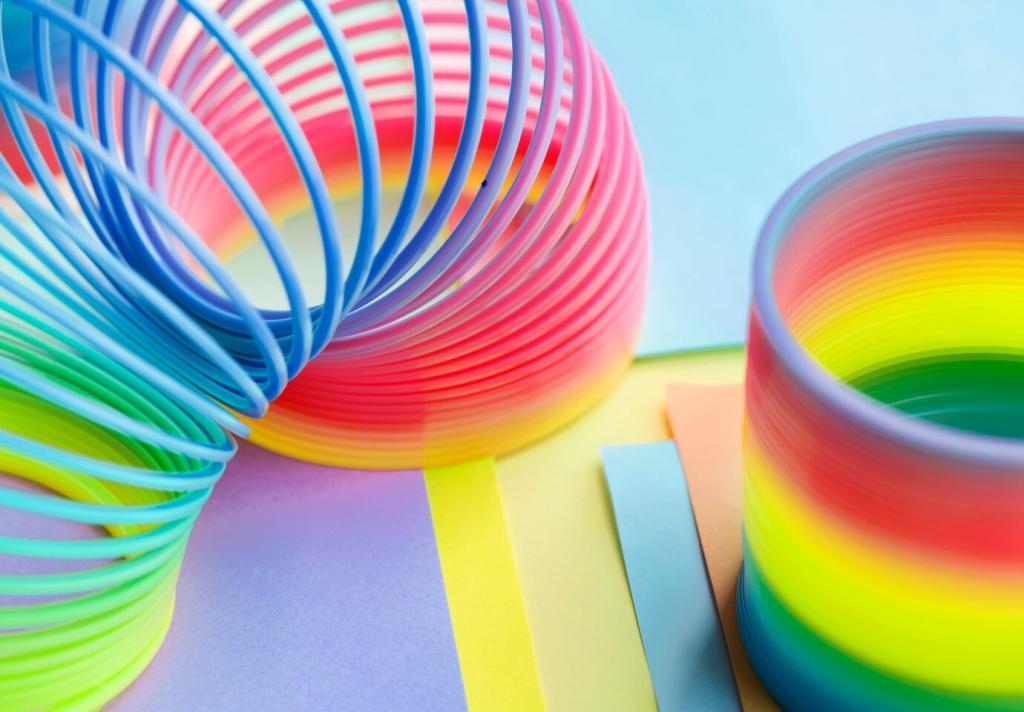
Color, Emotion, and Decision-Making
Exposure to blue and green settings can increase relaxation and support recovery of mental resources. Nature scenes elevate parasympathetic activity and ease cognitive fatigue. Try a short break near greenery or a blue-toned wallpaper and report how your focus rebounds afterward.
Light, Technology, and Metamers
Displays blend three primaries to produce metamers—different spectral recipes that our cones interpret as the same color. This is why photos look right on one device and odd on another. Calibrate your screen and tell us if skin tones and skies feel more natural afterward.
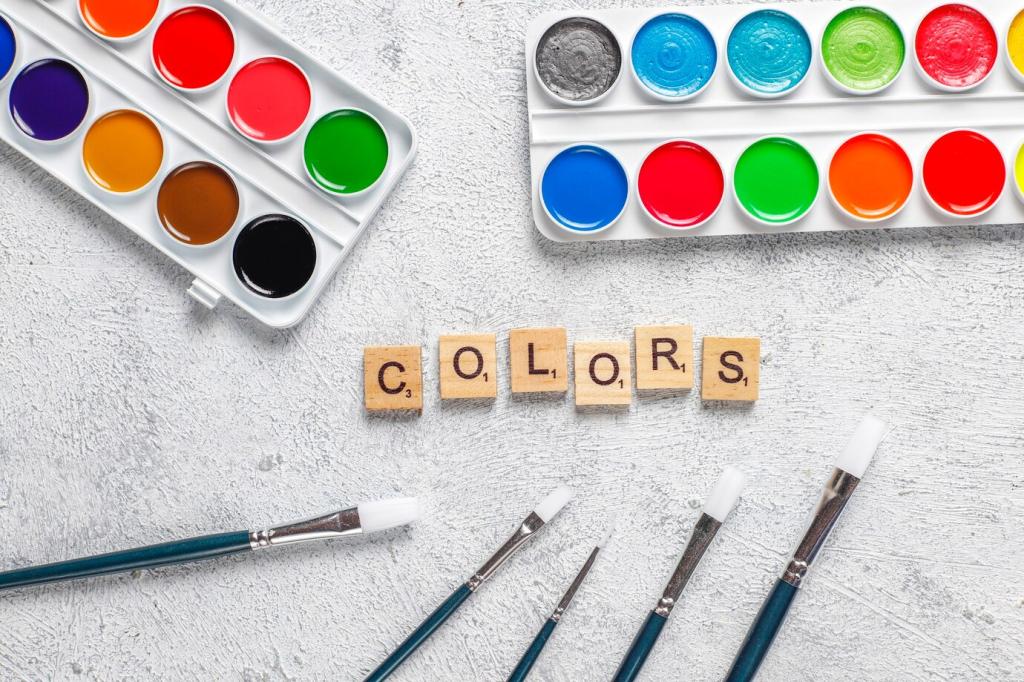
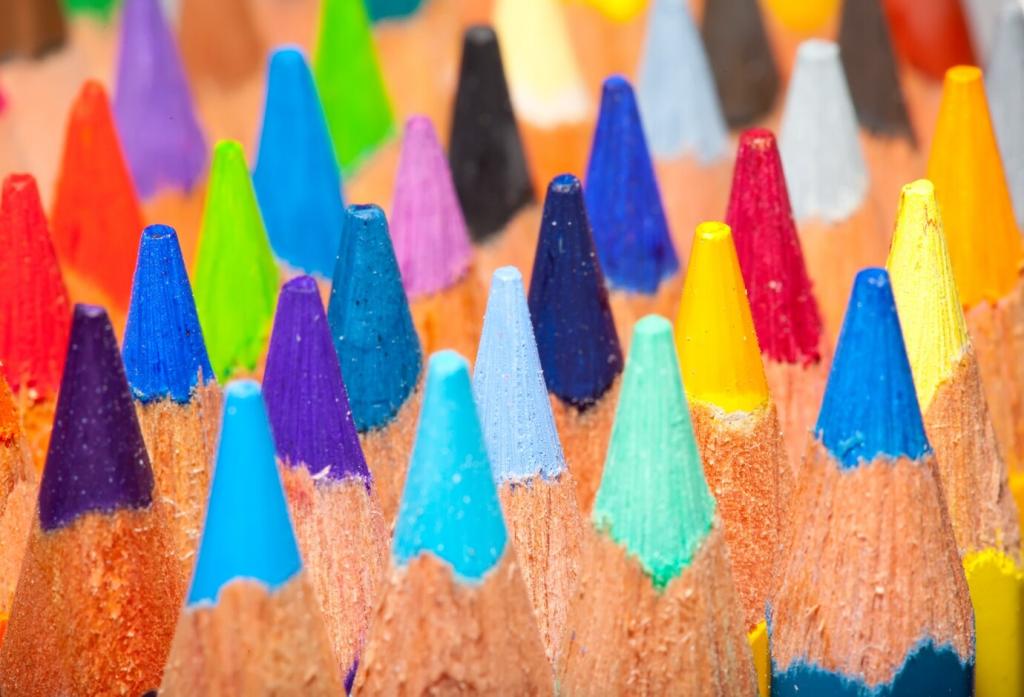
Hands-On Experiments with Color and the Brain
Stare at a saturated red square for thirty seconds, then look at neutral gray. A greenish afterimage blooms—opponent channels rebounding after adaptation. Post photos of your setup and note how background brightness changes the strength of the effect.
Hands-On Experiments with Color and the Brain
Photograph the same fruit in sunlight and under a warm lamp. Which photo looks truer, and why? Compare your camera’s white balance choices to your perception, and tell us whether manual correction matched your brain’s color constancy.
